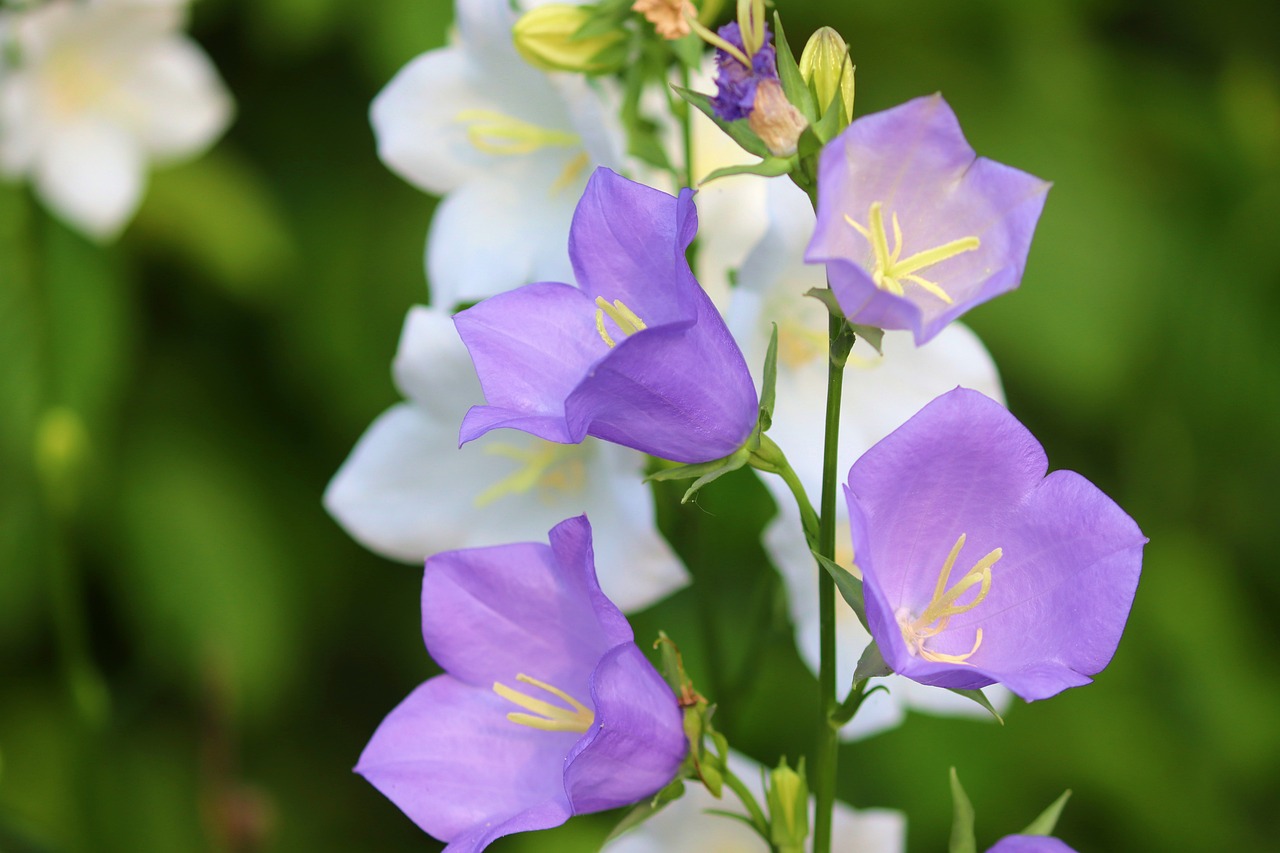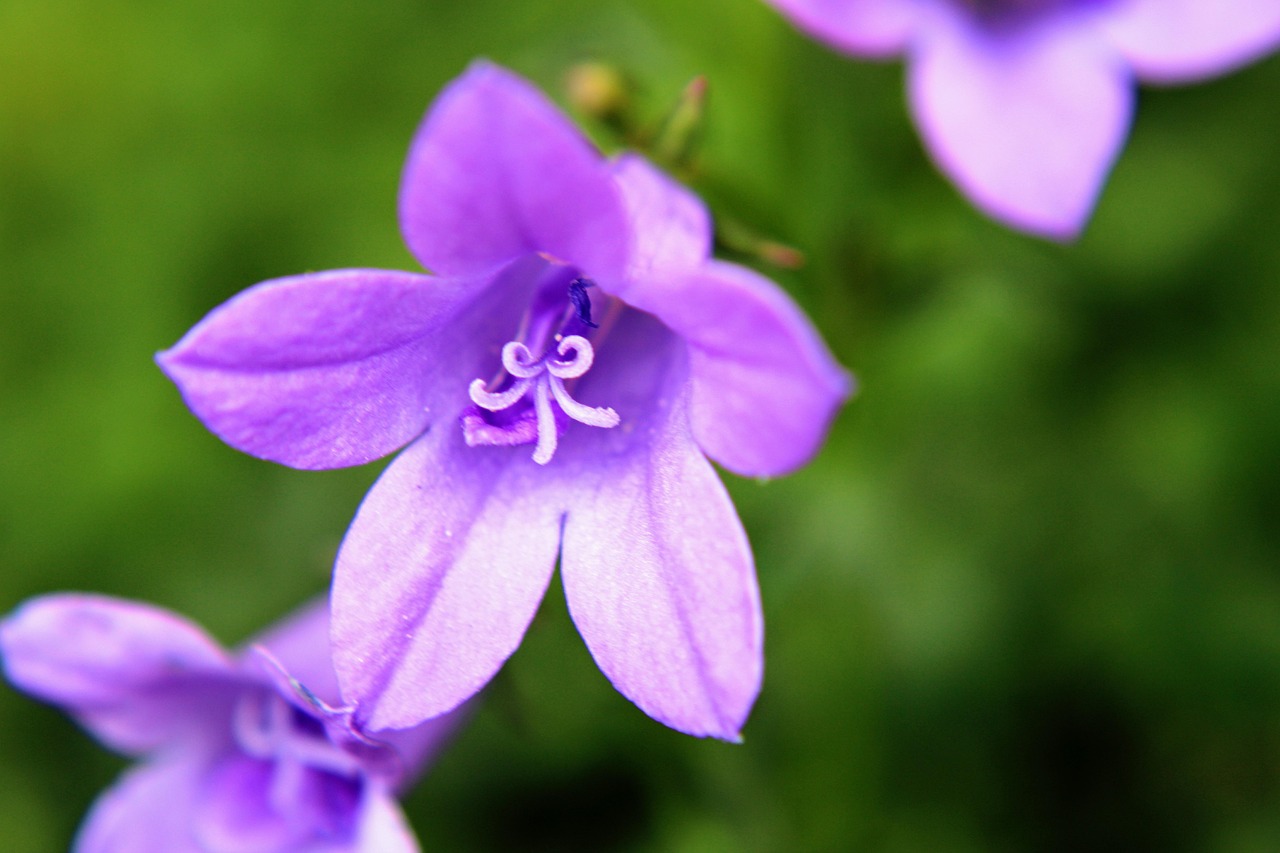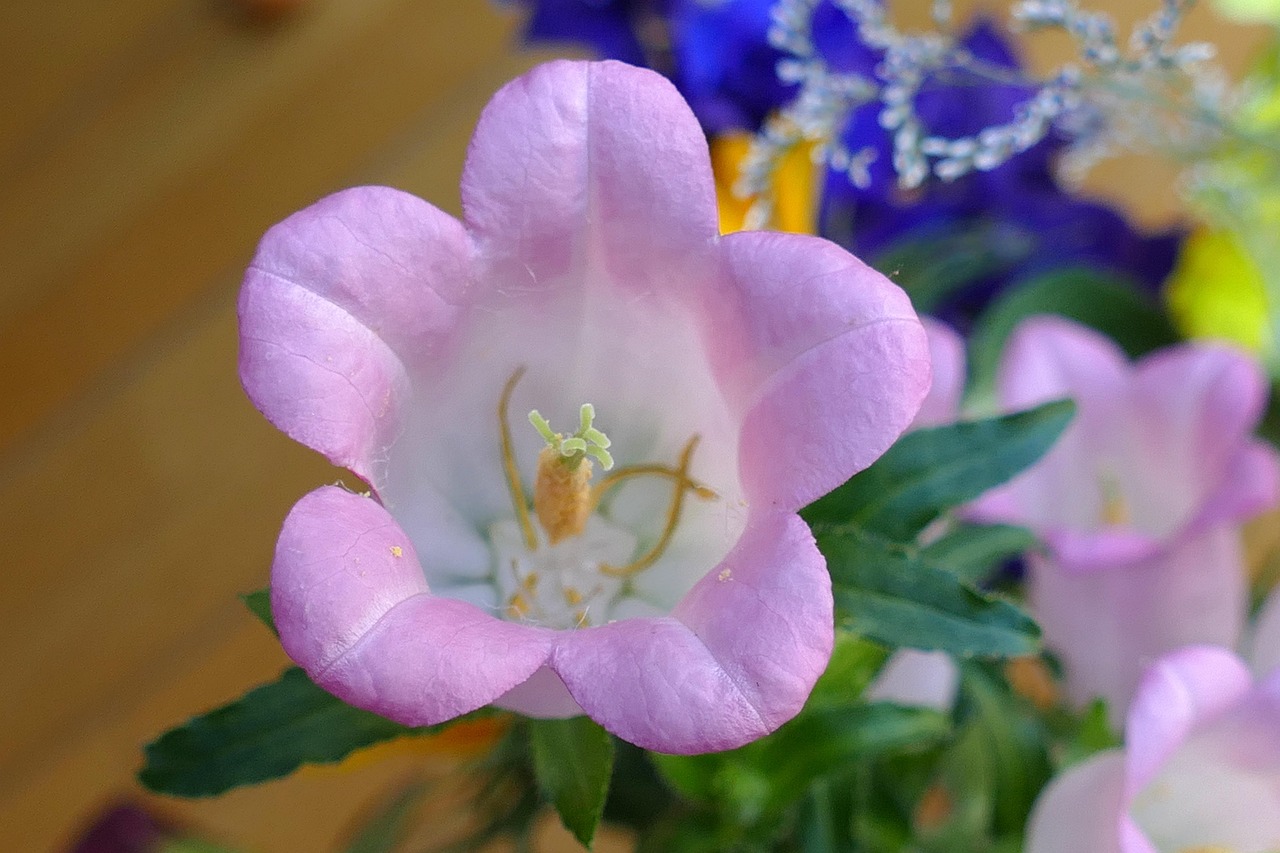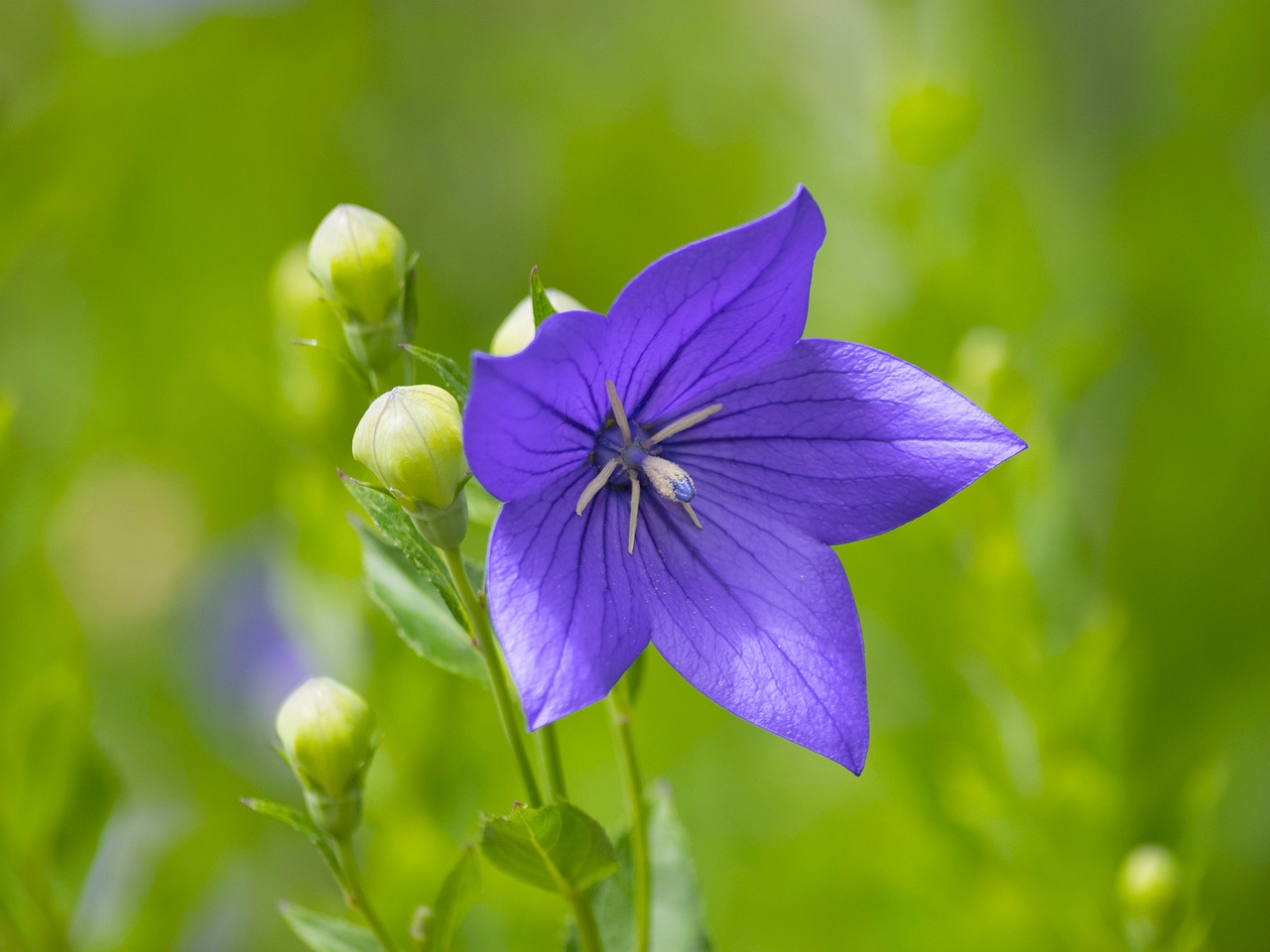Lobelia | A Gentle Blue Melody Swaying in the Wind
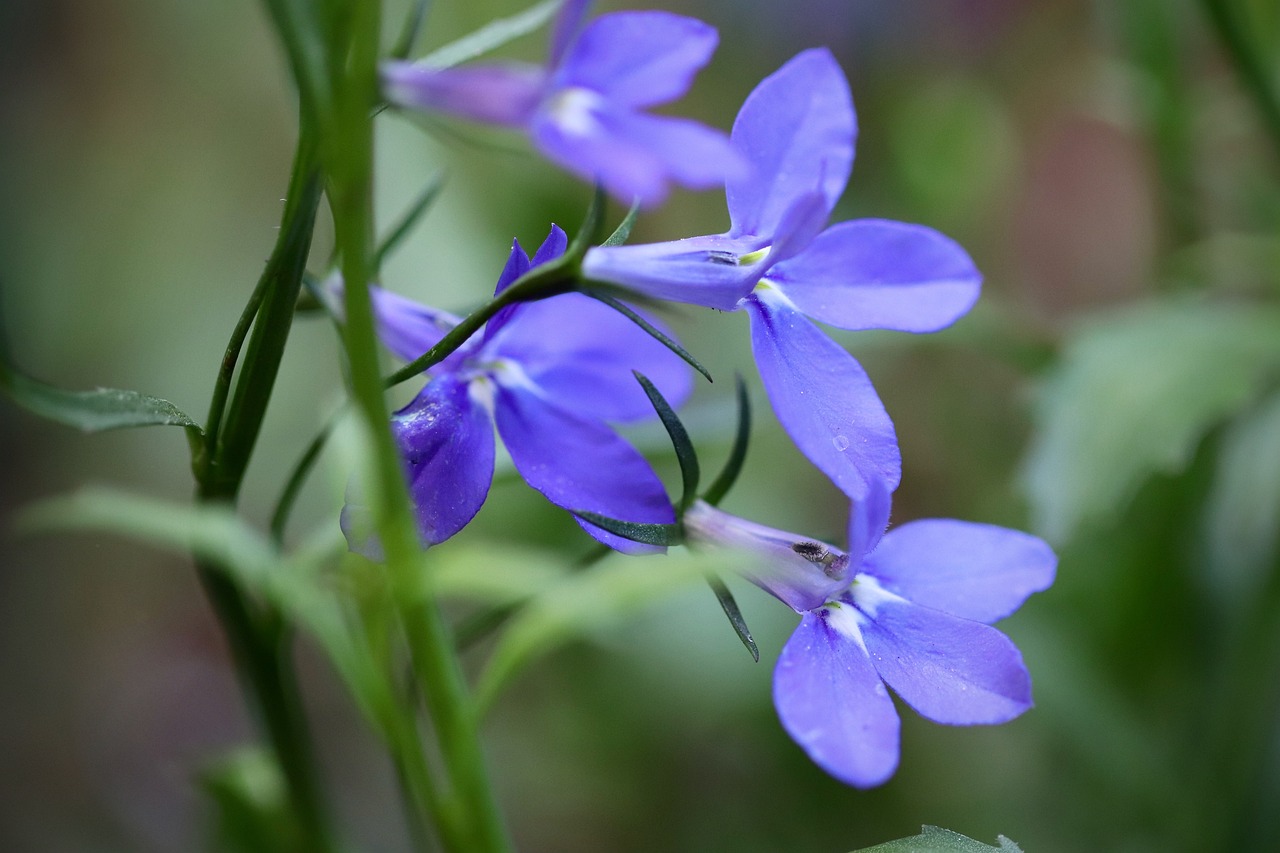
Lobelia is a plant characterized by its vivid blue and purple flowers, blooming for a long season from early summer to autumn.
It is ideal for mixed plantings and hanging baskets, and its cool colors bring a refreshing touch to summer gardens.
In this article, I will provide detailed information on Lobelia, from its basic features and cultural background to gardening tips.
Basic Information
- Scientific name: Lobelia erinus
- Family: Campanulaceae
- Origin: South Africa
- Appearance: Lobelia produces clusters of small flowers, most commonly in shades of blue, purple, white, and pink. With a compact height of about 15–30 cm, it is suitable for borders and hanging baskets. Its delicate foliage and refined blossoms create an elegant, refreshing impression.
- Blooming season: From early summer to autumn (May–October).
Cultural Significance Worldwide
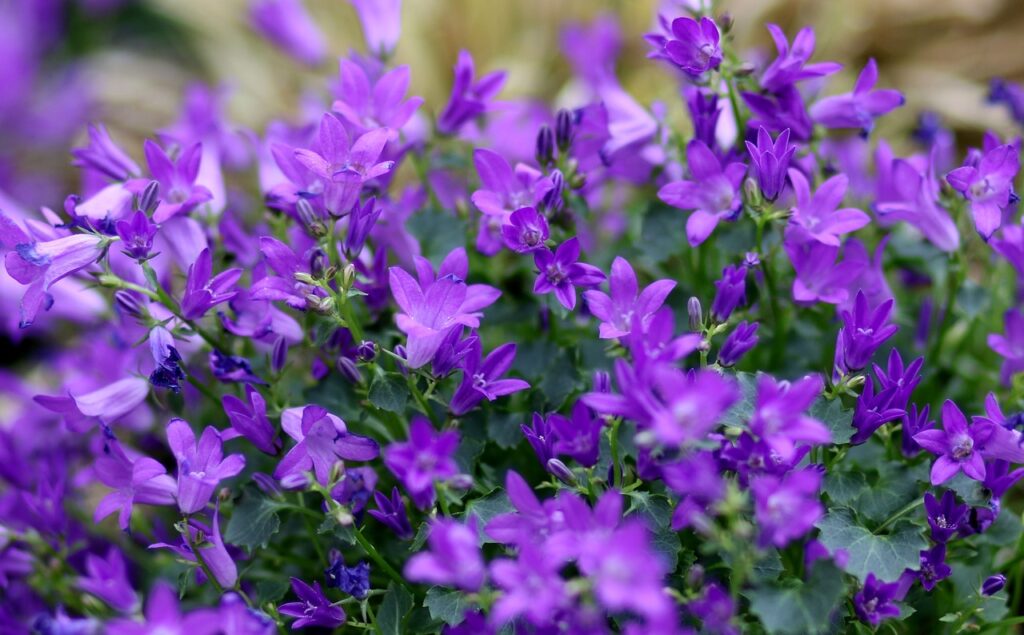
Lobelia is widely cultivated as an ornamental plant in Europe and America, appreciated for its vivid blue and purple blossoms.
Because blue flowers are rare, they are highly valued in summer gardens for their cooling appearance.
The flower language of Lobelia includes meanings such as “friendship” and “fidelity,” making it a popular choice for container arrangements and gift plants.
In Europe, blue flowers are often believed to bring happiness, and many people incorporate them into gardens and home décor.
Historical Background
Lobelia was named in the 17th century after the British botanist Matthias de Lobel.
In its early history in Europe, it was noted not only for ornamental use but also for medicinal purposes, as its leaves and stems were once used in folk remedies.
However, its striking beauty soon captured the attention of gardeners, and it became widely cultivated as an ornamental plant.
Although native to South Africa, Lobelia adapted well to the British climate, playing an important role in the history of gardening by being incorporated into both garden beds and containers.
Because of its cooling blue flowers, Lobelia was also frequently seen in aristocratic gardens of 19th-century England, and today it is cherished worldwide.
Gardening Advice
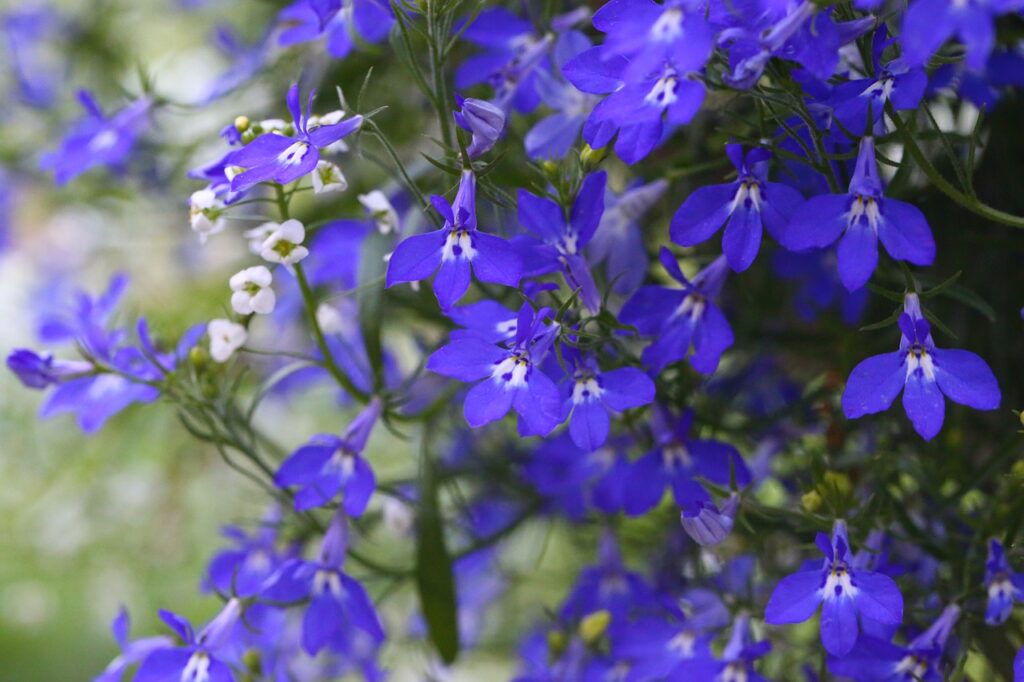
Lobelia grows best in sunny locations but can also thrive in partial shade. It prefers well-drained soil, so when growing in pots, it is recommended to add pumice for aeration.
Keeping the soil moderately moist is essential, especially during hot summers. Water thoroughly when the soil surface dries out.
During the growing season, applying a diluted liquid fertilizer every two weeks will promote more abundant flowering. Pruning spent blooms regularly encourages continuous flowering.
Since Lobelia is sensitive to high heat, during midsummer heatwaves it is best to move it to partial shade or water generously in the morning and evening to extend its blooming season.
Conclusion
Lobelia, with its beautiful blue and purple blossoms, adds elegance and freshness to gardens and container plantings.
It is easy to grow and enjoyable even for beginners, making it an excellent choice for your next gardening project. Refreshing Lobelia will brighten your summer garden with its cool charm.

